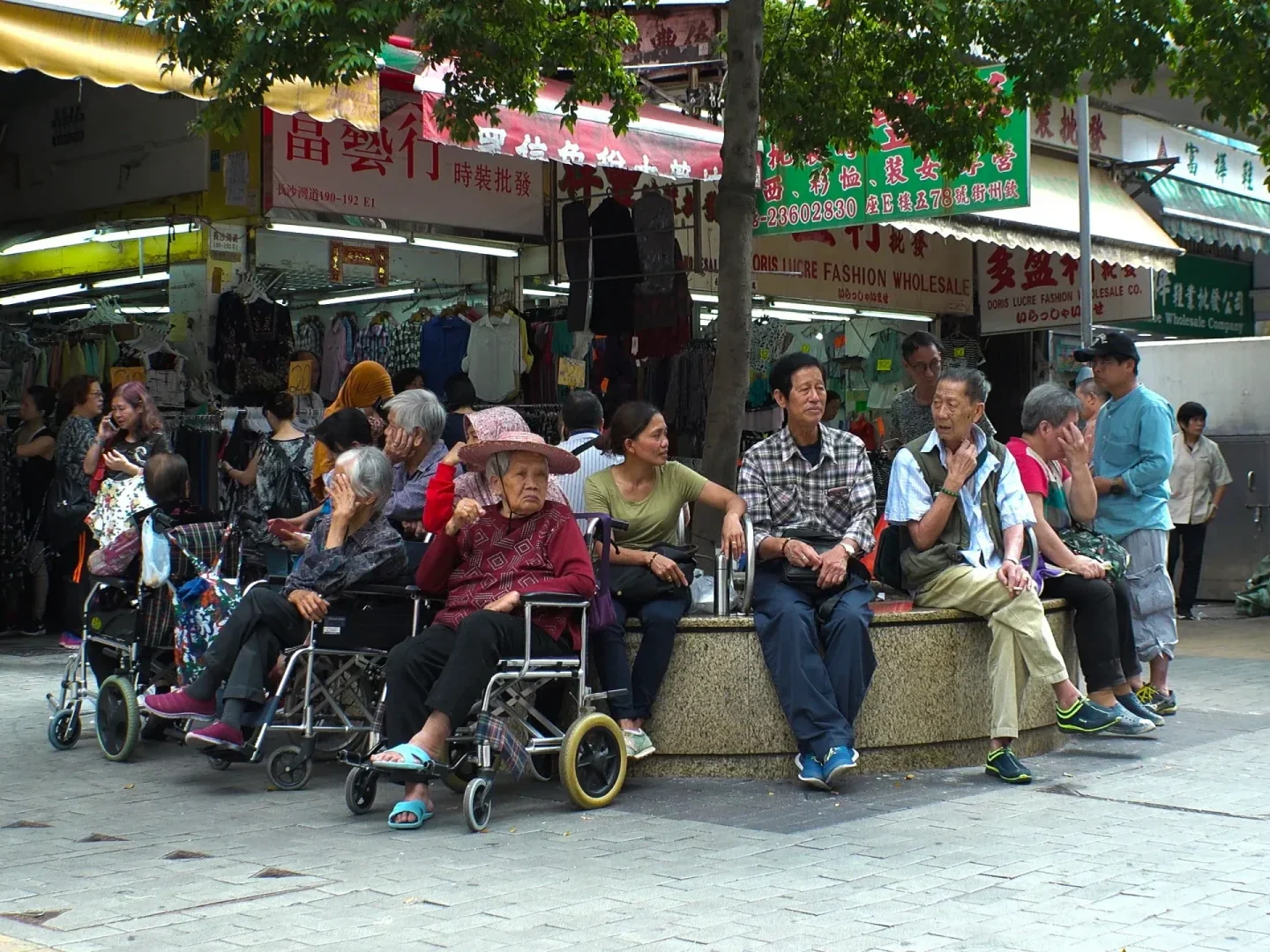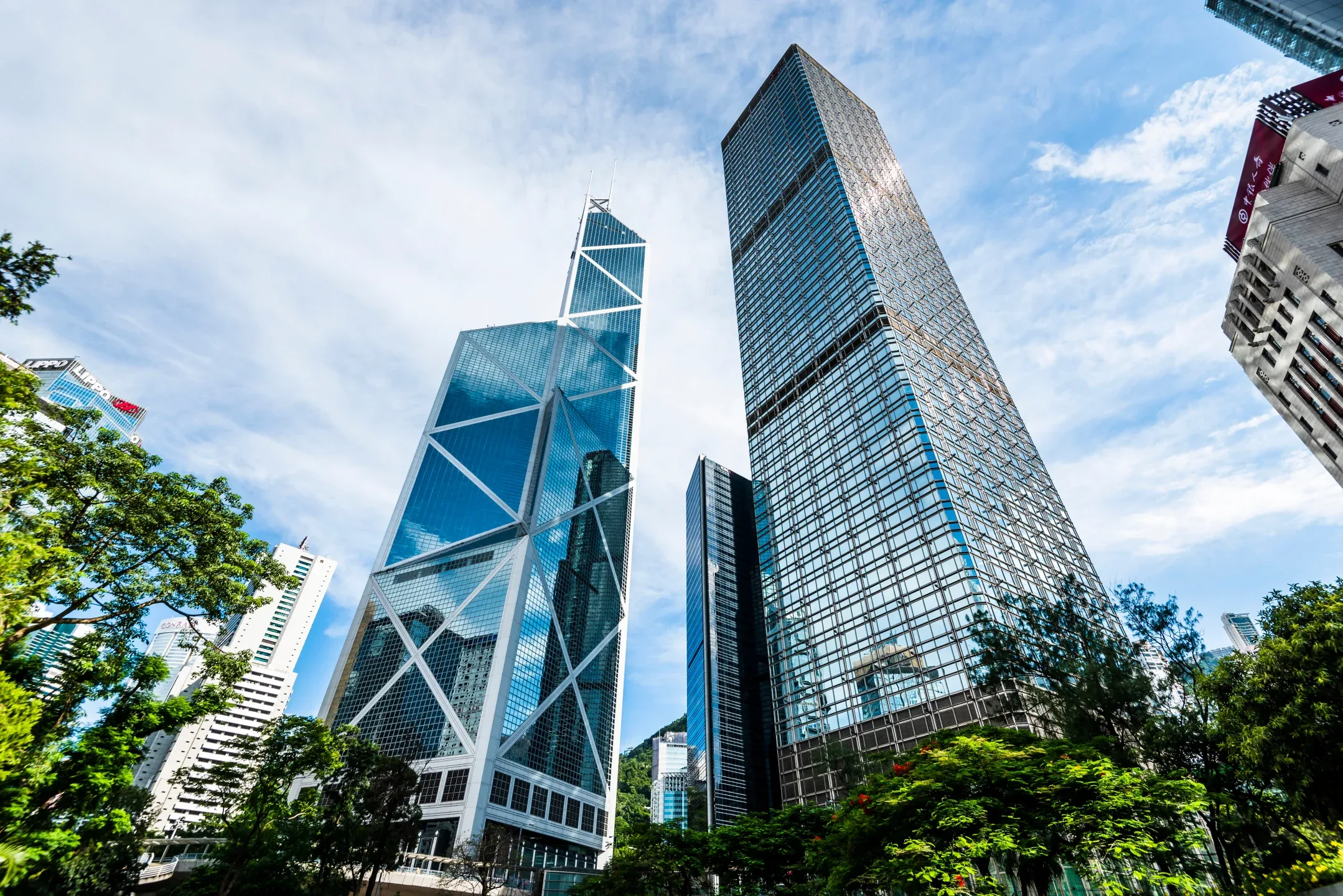
HKU Jockey Club Enterprise Sustainability Global Research Institute
World-Class Hub for Sustainability
HomeHong Kong Economic Policy Gree...3. Policy Implications
3. Policy Implications
1. Data Integration and Comprehensive Climate-Risk Analysis
The Hong Kong government is instrumental in gathering data on weather patterns, topography, buildings and infrastructures, and socio-economic conditions. However, data integration is largely non-existent in Hong Kong, making it difficult for researchers to comprehensively analyze how climate risks affect different aspects of the economy. We recommend that the government create a geo-coded data platform that integrates these datasets to support comprehensive climate-risk analysis. This will serve as the cornerstone for researchers to identify the buildings and infrastructures exposed to high climate risks so that the government can target vulnerable populations and coordinate efforts across different units.

2. Adaptative Retrofits for Old Buildings and Infrastructures
For existing buildings and infrastructures, we suggest gradually conducting adaptative retrofits for high-risk regions, which include measures to improve energy efficiency, enhance structural integrity, use resilient materials, and increase their capability to withstand floods, storms, and heat waves. Noting that the Hong Kong government has implemented several initiatives to renovate old buildings, it is important to incorporate more climate-resilient designs in this process. For new buildings, the location selection needs to consider rising sea levels. It is important to highlight that properties in low-lying areas will have lower asset value in the medium to long term, and such value shifts may influence the pricing patterns of Hong Kong’s properties. Leveraging geographic conditions, nature-based solutions can also be effective in adaptively protecting and strengthening infrastructures and buildings.

3. Targeting Vulnerable Groups
Vulnerable groups, such as older people and low-income families, are often disproportionately affected by climate extremes due to limited resources and mobility. When developing climate adaptation policies, these groups should be given more attention. This includes providing more social protection, targeted support, and climate-related education to these groups.

4. Improving the Climate Disaster Prediction, Warning and Response System
The Hong Kong government has made great efforts through various initiatives and measures to minimize the impacts of extreme weather events. Nevertheless, it is important to continuously summarize past experiences, adjust current response strategies, and ensure rapid recovery in the future.
Among various things that the government can do, we believe it should consider integrating the disaster prediction, warning, and emergency response systems. It is well understood that disaster prediction is often tricky. The government can consider setting up a competitive fund for climate risk analysis and disaster prediction. Climate-risk products with the highest predictive power during each extreme climate event (based on ex-ante/real-time information) should be rewarded. Meanwhile, real-time disaster data should be collected from social media and other sources for swift planning and responses.

5. Developing the Climate Catastrophe Insurance and Reinsurance Market
Insurance and reinsurance could also be essential tools for coping with climate catastrophes. Some early examples include Mexico’s FONDEN disaster fund and the Caribbean Catastrophe Risk Insurance Facility, which build shared-risk mechanisms for post-disaster reconstruction and recovery. As a global financial center, Hong Kong has many insurance and reinsurance companies with professional experience and risk assessment capabilities. Given its relevance to Hong Kong, the government should consider developing the city into a hub for climate catastrophe insurance and reinsurance products. Doing so requires close collaboration between regulatory bodies, insurance and reinsurance companies, climate experts, and other stakeholders.

6. Supporting Early-Stage Climate-Tech Companies and Application of Climate- Adaptation Technologies
Supporting early-stage climate-tech companies and applying climate adaptation technologies are crucial for addressing Hong Kong’s climate risks. The government should consider providing financial support to help climate-tech startups develop and scale up their technologies. In addition, the government should design incentives for companies in Hong Kong to adopt climate-adaptation technologies, such as tax incentives, subsidies, and procurement preferences. Demonstration projects can be initiated to showcase the effectiveness of climate adaptation technologies in real-world settings.

7. Paying Attention to Transition Risks
Apart from the physical risks discussed in this report, risks arising from transitioning to a low-carbon economy and shifting towards sustainable practices are also worth our attention. The Hong Kong Climate Action Plan 2050 includes ambitious interim targets to cut carbon emissions by 50% before 2035 from the 2005 level. This will require systemic changes in regulations, technology adoption, market preferences, and more. The government should evaluate viable pathways to achieve these targets and assess the impacts of climate transition risks on Hong Kong’s economy, environment, and society.
